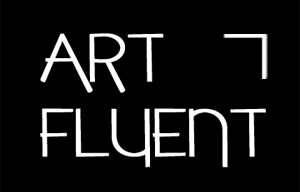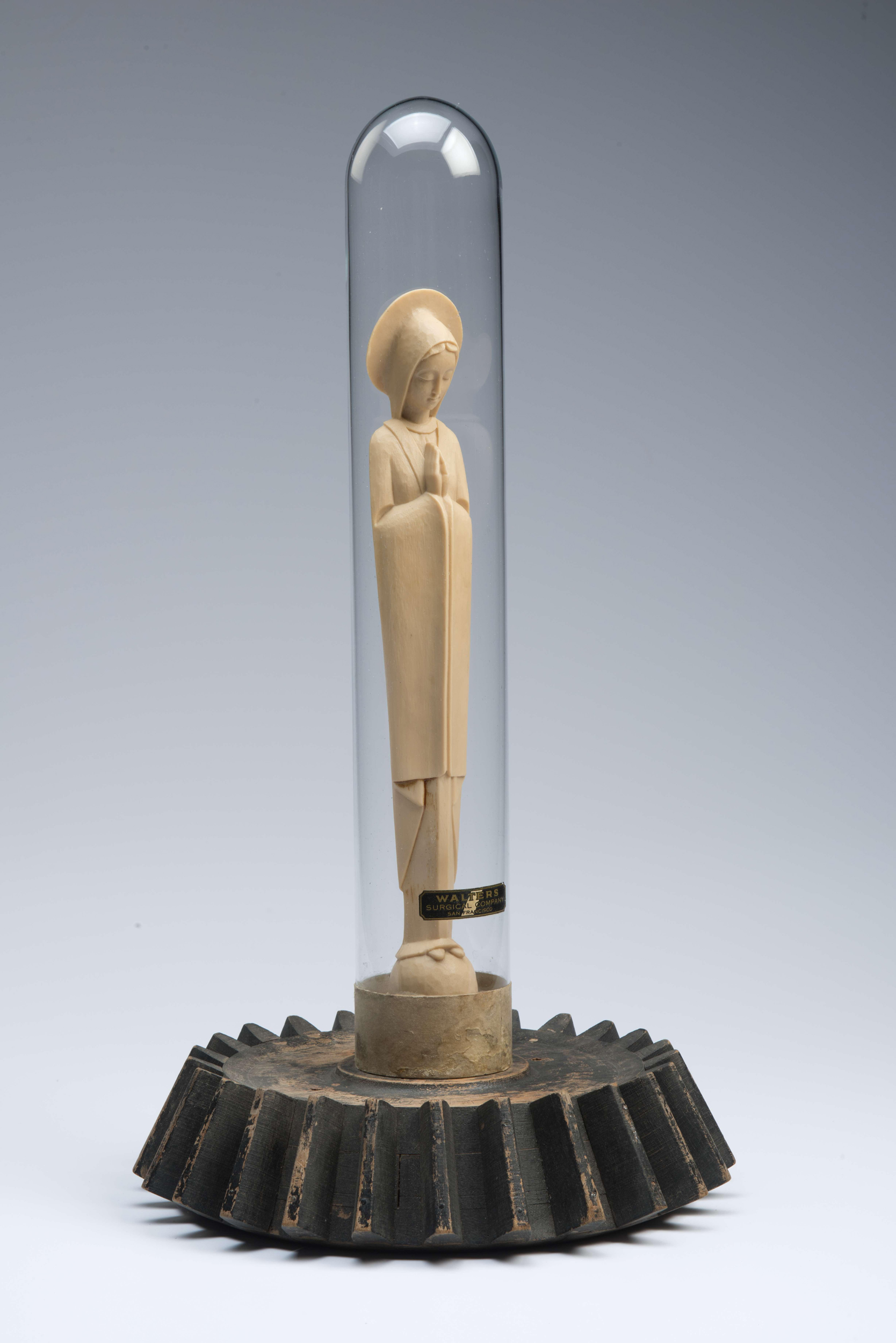
(R)eligion, mixed media
-Clint, we'd love to hear your story and how you got to where you are today, both personally and as an artist.
I would love to say that I grew up in an art rich environment and that my creative skills were nurtured from an early age, but that would be a lie. Looking back now with the luxury of hind sight I really can’t tell you where my creativity came from except to say I believe it was always there. I think my parents saw art as something foreign. Neither of them was really creative. I never saw anything creative come out of my father. My mother was “crafty” she loved to needle point. She would have an idea but needed someone else to turn her idea into an actual object. Someone at the knitting shop would draw her idea and then she would fill it in, a kind of paint by numbers. She enjoyed the “process”.
They were however; collectors. My mother was pretty eclectic in her collecting. Animals were her favorite subject matter. They could be anything from; advertising for a model “A” snow tire that had a polar bear crawling through it, to taxidermy. I still have a buffalo head that used to greet you as you walked up the stairs to the second floor of our house. My father on the other hand was more selective in his collecting, which I think he started so he would have something to do when my mother would drag him out on one of her quests for treasures. He collected pre-prohibition brewery advertising from St. Louis.
I have always been a collector myself; a self-described addict. I am a mixture of both my parents. I have a focal point which is a particular time period but with multiple sub groups. My collecting is pretty eclectic. I will take home anything that calls out to me; a good part of the time having to idea what I am going to do with it.
So, I come to art and creating it through the side door. Beyond the typical art and craft projects at summer camp, I really never thought much about creative activities until I got to high school and “Industrial Arts”. Wood working, metal shop, auto mechanics and my favorite: mechanical drawing. It was part industrial design, but mostly architecture. I loved it, and would skip other classes only to spend the time in the industrial arts building working on something or just hanging out. Towards the end of high school, I picked up a camera and fell in love again. Played around with it off and on mostly off in college. Graduated with a degree in psychology. The summer after I graduated, I moved to Kansas City and shared an apartment with a guy going to the Kansas City Art Institute. That was when art became real, my first exposure to artists and the broader art world. I was worked at a camera store and I was able to take my first photography class also there. It has been over 45 years since that first print. I can still see it coming to life in the fixer tray. Thus, began my 20-years of working in the area of black and white fine art photography.
After college and a year in KC, I went to grad school and got a master’s in adolescent counseling and started my career in the field of community mental health. My other path. On one side was my mental health career; on the other, my photography, my art making career. The two never really interacted. If I brought up contemporary art with my mental health co-workers; their eyes would just glaze over. My art friends never seemed to grasp the mental health work I did.
My interest in photography was starting to wane, it was getting too flat. This coincided with the introduction of digital photography, which I had no interest in getting involved with. At the end of my photographic work, I was making diptychs of my images with vintage photos or adding text to my photos. I love using braille as a visual language. As that process was beginning; I also saw a blurring of the line between my art and my day work and forged a new path. The day to day dealings with the clients I worked began influencing my art in a very direct way. I started making art that addresses more social/political issues and not just aesthetic B&W photographs. I started using my love and history of collecting to find the objects to make my art with. That brings us current, still hunting at local flea markets for objects that call out to me and always open to new stuff.
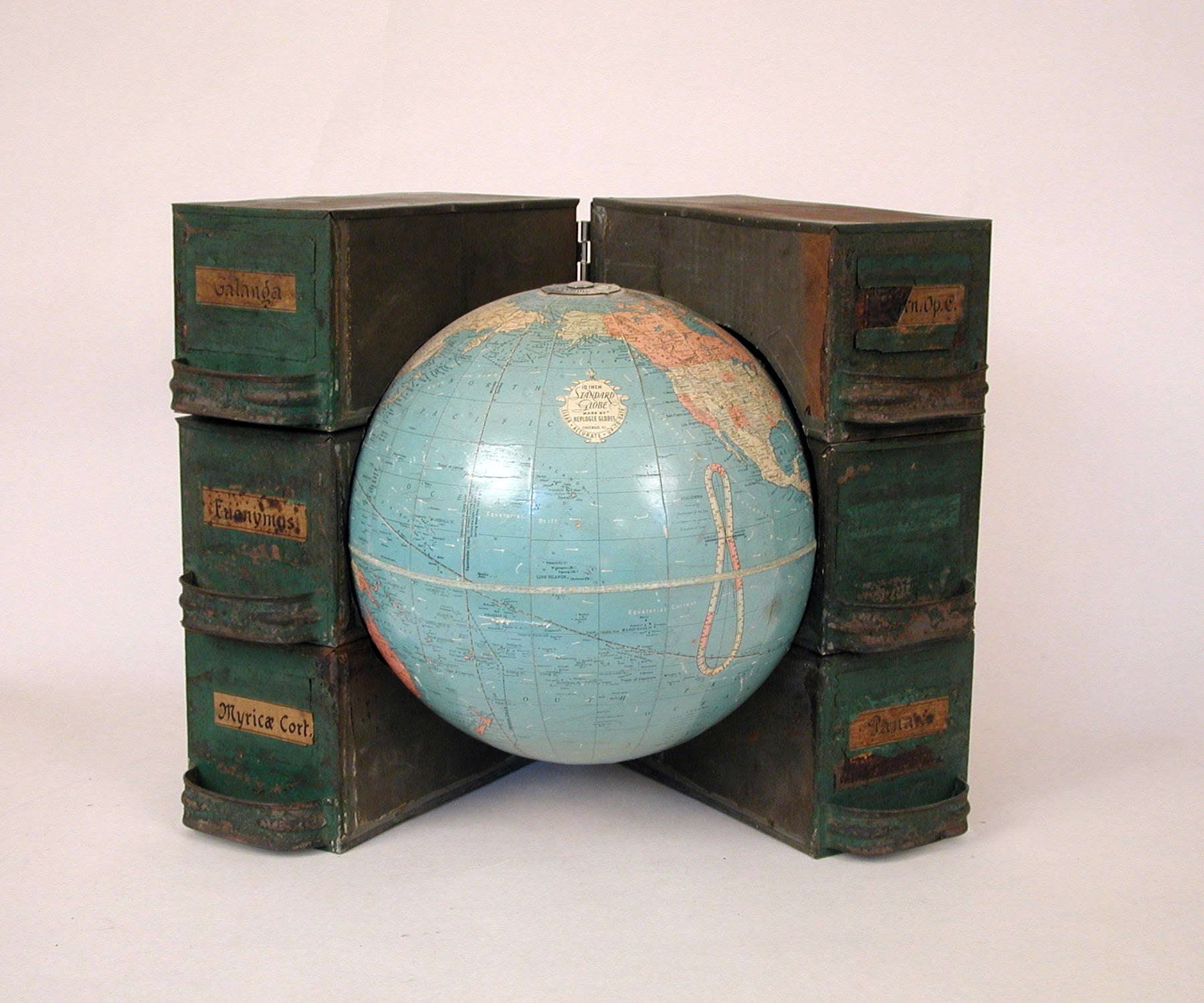
Globe, mixed media
-We're so inspired by the way you breathe new life into these objects! How do you see the relationship between their original function and their new context in your work?
I think the specific function of an object has less to do with it. More important is it’s just being a simple everyday thing that most people pay little if any attention to. Hacksaw blades, wooden alphabet blocks, or something new. It is breathing a new life into a bygone discarded object. Here I see a direct connection between what kind of objects I am drawn to and the types of clients I have always worked with. They included the chronically mentally ill, adult sex offenders and drug addicts. They are also the discarded that most people never think about until they walk over them. My job was always to be creative, think outside the box, do what needed to be done to help the client. My art process is very similar.
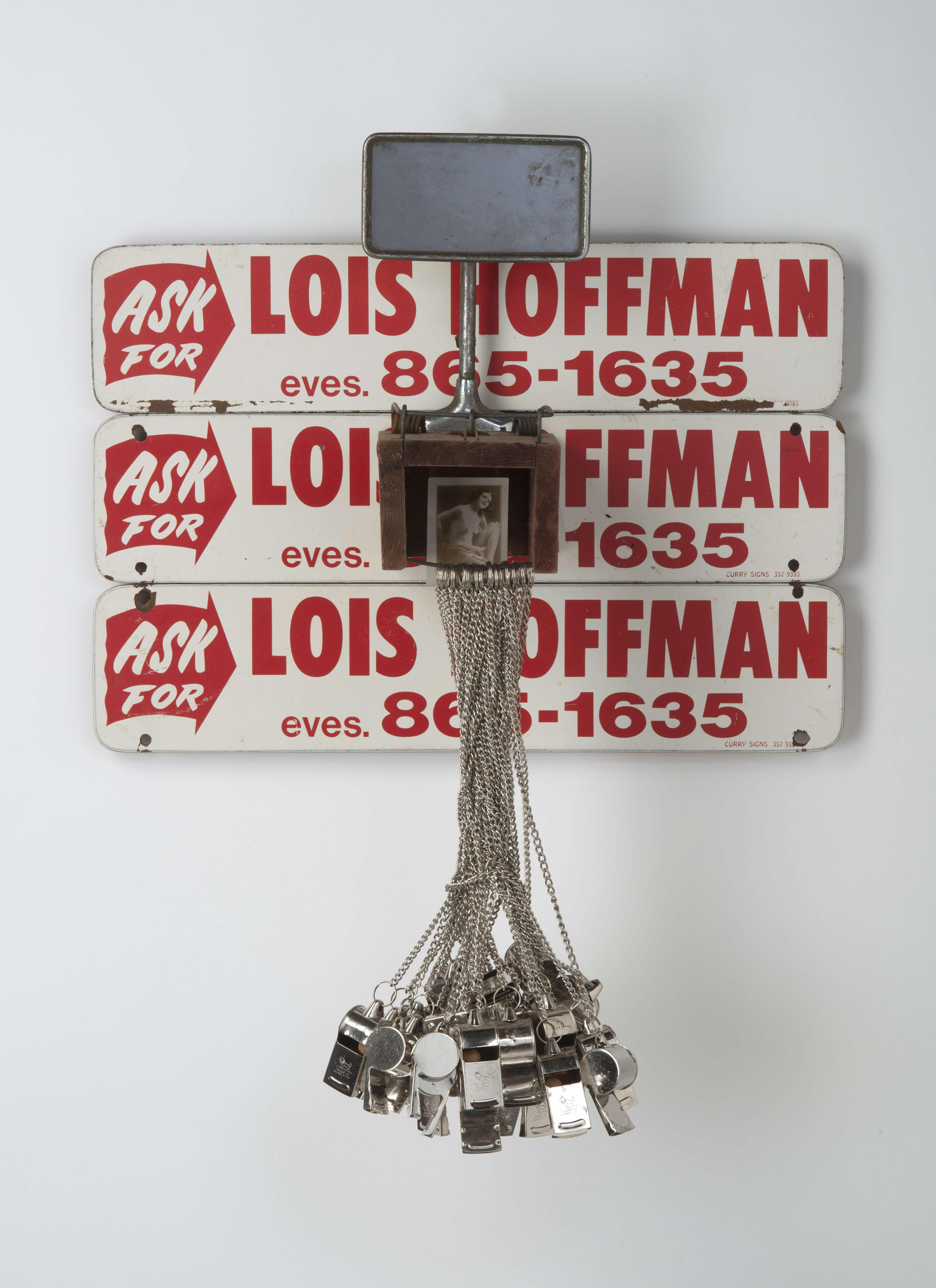
Call Lois, mixed media
-What role do you think art plays in addressing or reflecting upon contemporary issues?
Let’s see; Is there any other kind? This is where my mental health side plays its most important roll. Taking issues that I worked on or are relevant; homelessness, drug abuse, psychotic breaks and let them influence my art. If I had had a career other than the one I had (say a banker like my father), I have no idea what kind of art I would be doing, if making art at all. I only make art for myself about issues that are important to me.
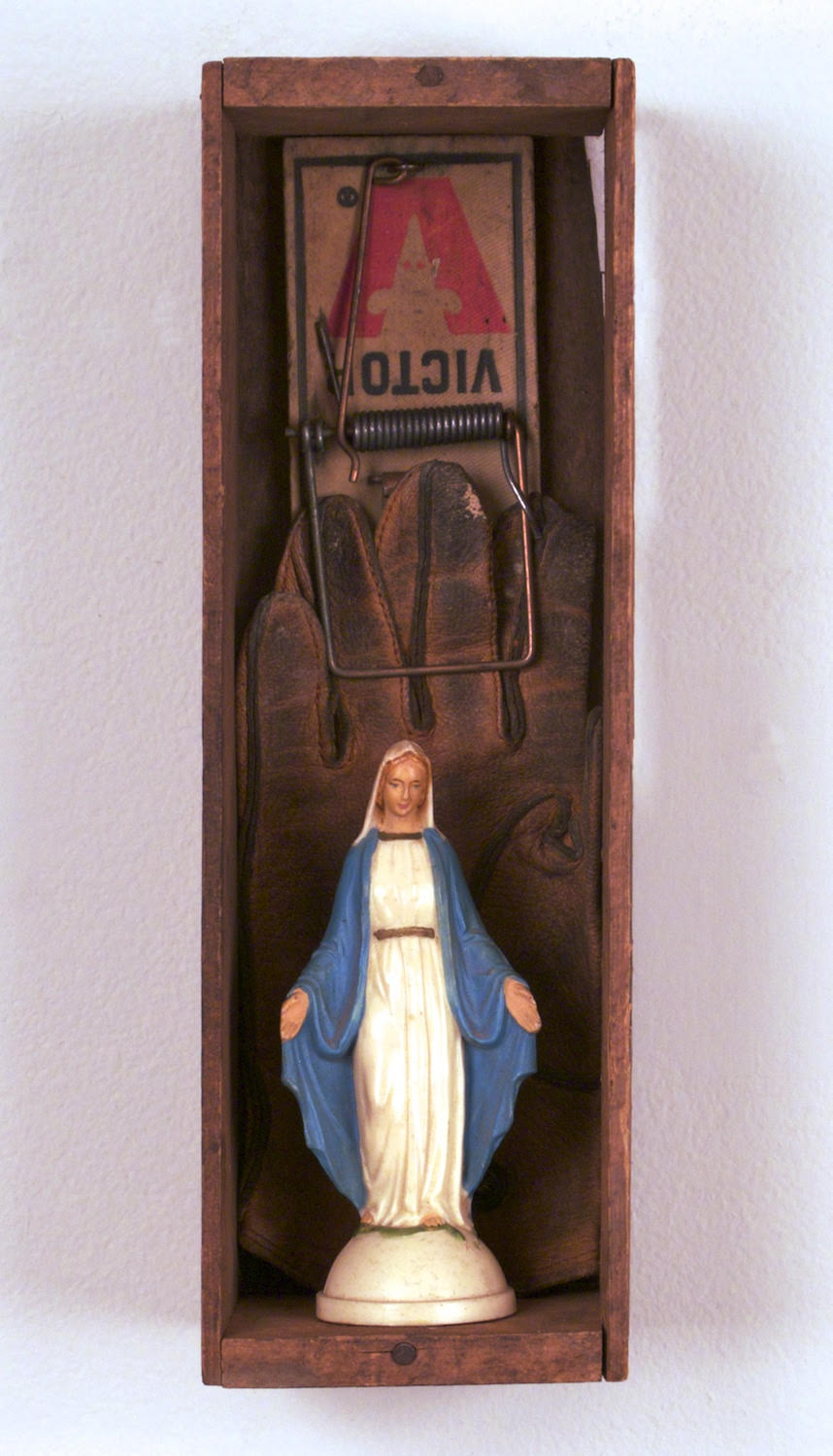
Cheese Box #30, wooden cheese box, found objects assemblage
-How do you handle the challenge of trying out new ideas while maintaining a consistent style?
I have always enjoyed solving problems, first with people and now with art. My art practice has never been static, it is more reactive. Mine is always evolving. I find a new “thing” that starts a new thought and I have to figure it out to make the idea live. About six years ago, I stumbled into laser engraving and gave it a try. It quickly became an intricate part of my practice. It reintroduced me to the written word. It gave me an ability to interact with my found objects in a whole new way; very similar to what I had done in my photography. It brought language and the written word back into my art. In a big way. Part of my practice has always been looking for next new element or process to add to my art making.
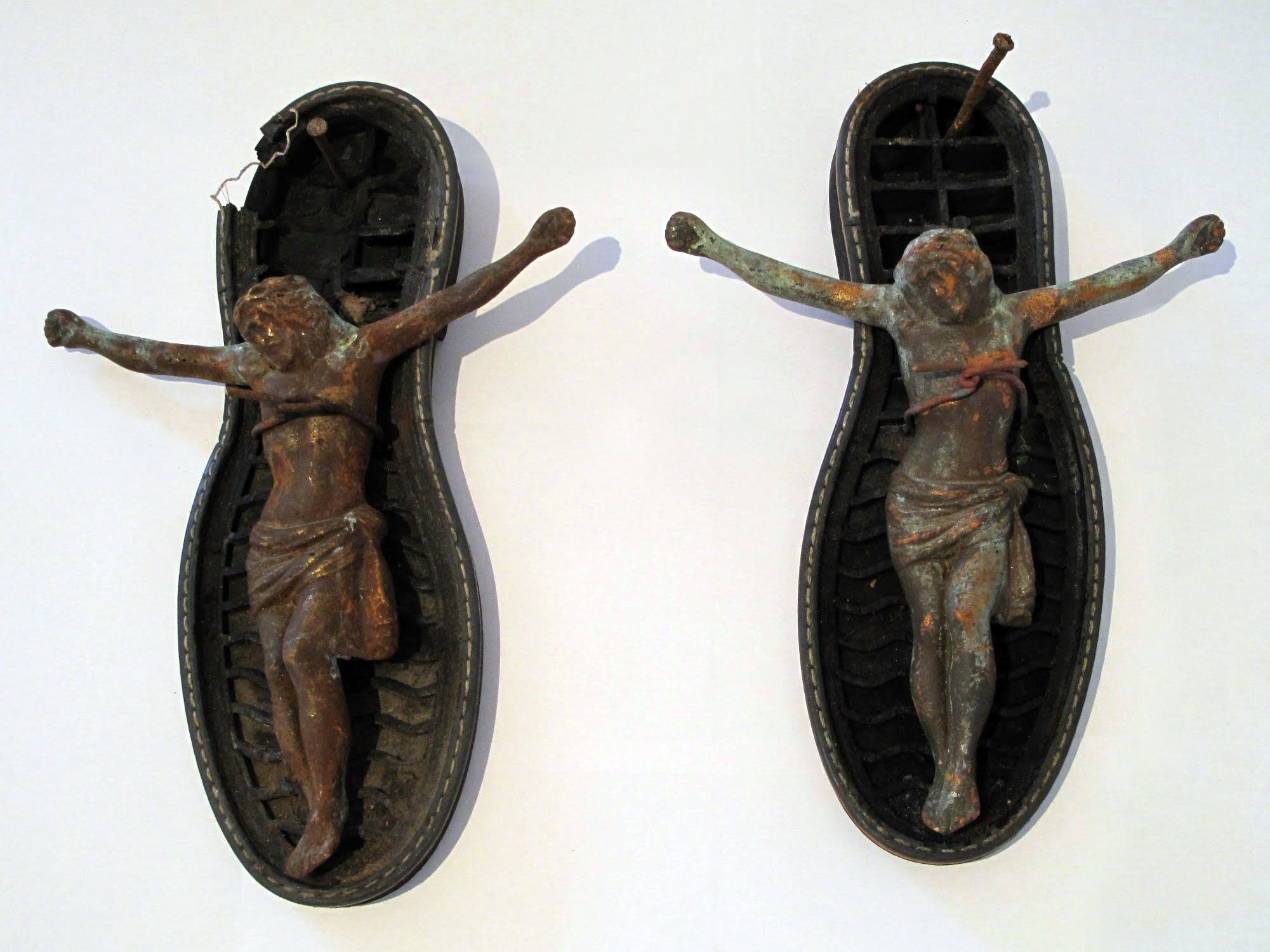
Cuba 16, Christ Right Foot and Left Foot,mixed media
-What’s the best way for someone to check out your work and provide support?
The best way to check out my work is seeing it in person, all my work is three dimensional, which makes it difficult to fully see in a 2-dimensional image. I get my work out there as much as I can. I have a couple of galleries in the Bay Area that carry a small assortment of work. I’m always looking for new spaces to exhibit my work in.
I have a website, an Instagram and Facebook account and also an email list for a not very often newsletter and for gallery openings.
Clint was also part of our HERE & NOW exhibit. Check out his impactful series POLITICAL.
Statement
READYMADE
The manufactured “ready-made” objects that I use to make my “readymade” sculptures and installations are all sourced from the local flea markets. Why I pick up and juxtapose specific objects is not always clear to me; they are like an assemblage Rorschach test. I see commonalities between different series and bodies of work, in the material I am attracted to and in what my work is meant to say. My readymades are meant to make people think and create their own meanings for themselves.
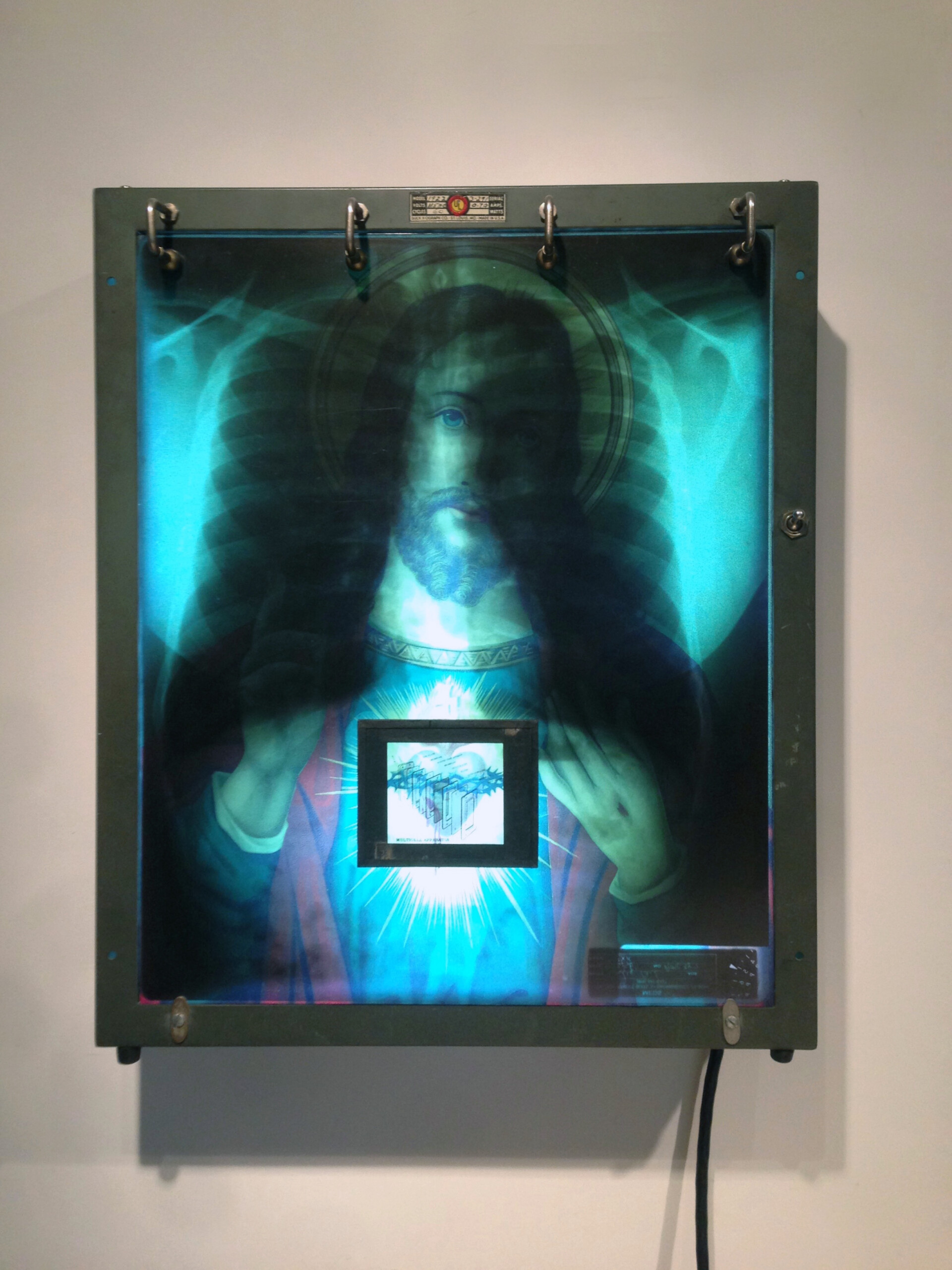
Boxes, mixed media
Bio

Self-Portrait, mixed media
Clint Imboden is a San Francisco Bay Area based 3D artist. His sculptural work currently juxtaposes text with hand tools and toys from the mid 20th century to address social and political topics. Clint’s larger installations manifest his obsessive collecting and love of repeated forms by transforming hundreds of an object into abstract shapes.
Growing up in St. Louis, both of Clint’s parents fostered a love of collecting, kitsch and Americana in their son. Part of his weekly art making practice is visiting local flea markets to add to his collections of nostalgic blue-collar materials.
Imboden’s work can be found in public collections both nationally and internationally, including, the San Antonio Museum of Art (TX), Museu de Arte Moderna, Rio de Janeiro (Brazil), Museo de Arte Moderno de Medellín (Colombia), the Milwaukee Art Museum (WI), the di Rosa Preserve (CA), and the Alameda County Public Art Collection (CA).
Imboden has been commissioned by the SF Curran (CA), Hyatt Place Hotel (CA), and Sherwood Design Partners (CA).
